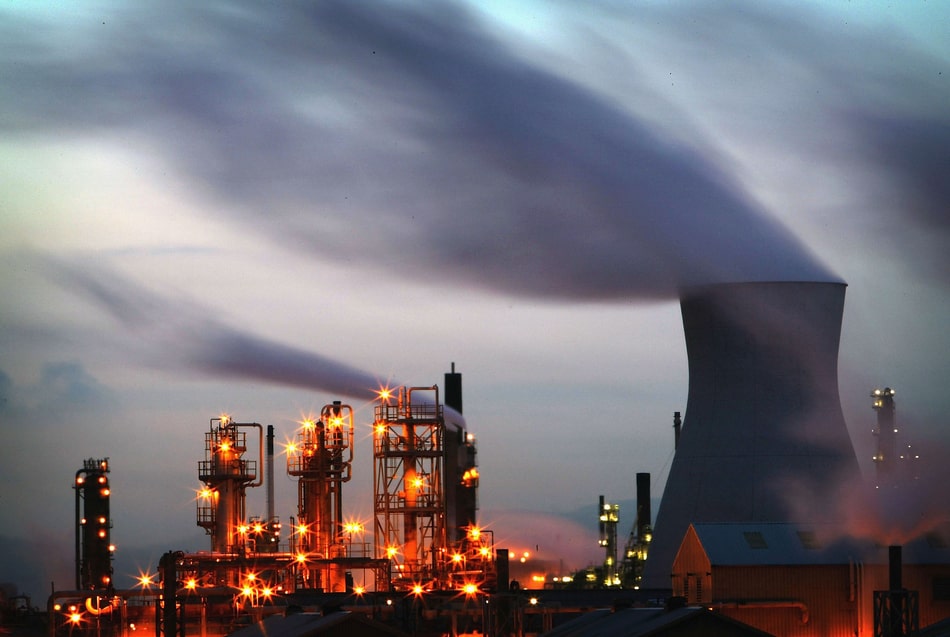Dry sorbent injection and activated carbon injection systems involve injecting a chemical into the gas stream of a combustion source to control emissions of pollutants like NOx, SO2, HCl, and mercury. These pollution control systems have been installed at many coal-fired utilities and boilers because they require much lower capital costs and a smaller equipment footprint than alternate technologies, like scrubbers.
Sorbent injection systems use calcium-based (limestone, hydrated lime) or sodium-based (sodium bicarbonate, Trona) sorbents for control of SO2, SO3, and HCl, and powdered activated carbon (PAC) for removal of mercury. Sorbents react with the pollutant and are subsequently removed from the gas stream in the particulate control device (baghouse or electrostatic precipitator).
Selecting the sorbent is a complicated economic and operational calculation, because sorbents vary in cost, effectiveness, ease of handling, deleterious side effects, and disposal costs. Importantly, elevated carbon concentrations in cement can negatively affect concrete performance. Accordingly, facilities that use ACI want to minimize activated carbon use to both reduce mercury control costs and preserve the market value of their fly ash. At these injection rates, annual sorbent costs can exceed millions of dollars so there is a strong motivation to optimize sorbent injection to achieve compliance with emissions limits without over-injection.



